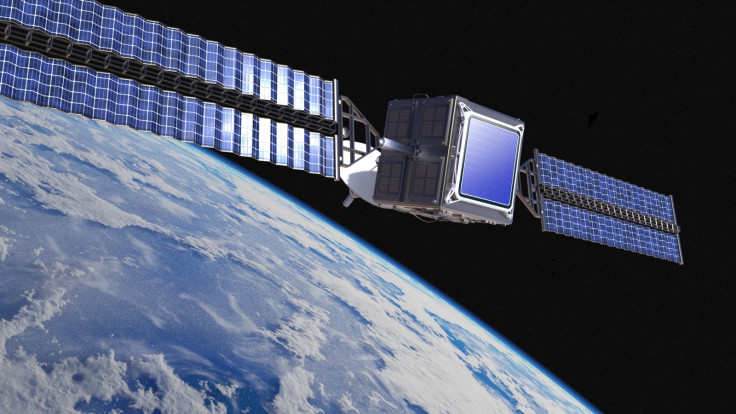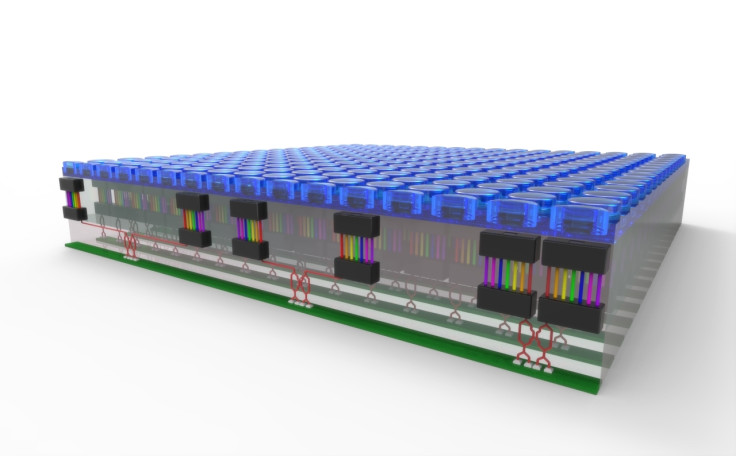What is the SPIDER? Lockheed Martin's 1-inch optical device that will shrink space telescopes by 90%
The device will be designed to replace traditional space telescopes and will contain thousands of tiny lenses.

Lockheed Martin is working on a space telescope with a one-inch wide sensor. The company claims its telescope called SPIDER (Segmented Planar Imaging Detector for Electro-Optical Reconnaissance) is able to take pictures with the same resolution that current space telescopes can.
The SPIDER system, according to a release by the company, will cut down the weight and size of a traditional space telescope by 90%.
"Our goal is to replicate the same performance of a space telescope in an instrument that is about an inch thick. That's never been done before" Scott Fouse, ATC (Advanced Technology Center) vice-president said. "We're on our way to make space imaging a low-cost capability so our customers can see more, explore more and learn more", he added.
SPIDER has its roots in a project that was funded by DARPA and Lockheed Martin took this phase of research forward with the ATC.
The technique used is called "interferometry" where large bulky mirrors and lenses are replaced by a tiny array of lenses. Large arrays are now in use with observatories that capture ultra-high resolution images over time. SPIDER wants to bring such large scale arrays down to a fraction of its size and integrate "hundreds of thousands" of tiny lenses that will feed data into photonic integrated circuits (PICs).

SPIDER aims to reduce the size, weight and power needs for telescopes by 10 to 100 times, reports the company. "It's basically treating interferometer arrays like a point-and-shoot camera", said Alan Duncan, a senior fellow at Lockheed Martin.
Another advantage with SPIDER is the simplicity in the way it works. Without large, bulky, moving parts, precision alignment of mirrors and lenses will not be an issue and this poses less risk to the telescope when in orbit, claims the company.
By removing the need to have traditional lenses, the array of tiny lenses can be rearranged in any pattern and the circular lens restrictions will not apply to the SPIDER. The report claims that apart from squares and other polygons, the array can be made in even conformal concepts.
While the SPIDER is being targeted at outer space, satellite photography, the company claims that SPIDER like arrays can also be used in drones, self-driving cars and other such techs that require imaging without bulky cameras and lenses.
SPIDER's images right now are blurry and low-res, but the company says that for this technology to fully develop in the way they envision it will take anywhere from five to 10 years.
© Copyright IBTimes 2025. All rights reserved.





















